Horseradish is a root vegetable primarily used as a condiment in its shredded or pureed form. With a sour and pungent taste, horseradish is cultivated worldwide for its unique flavor.
The part of the plant usually referred to as horseradish is the long tubular section that grows beneath the soil. It is also possible to consume the flowers of the horseradish, though it is uncommon to do so.
When shredded, the cells of the horseradish begin to release mustard oil, and as such it is best to store this vegetable completely intact until it is time to use it1.
Horseradish, being an organic produce, expires relatively quickly in comparison to processed foods. Owing to a multitude of factors, horseradish can last in as little time as a few days or as long as six months, provided the conditions and procedures are ideal.
What is the Ideal Relative Humidity for Horseradish?
One of the primary factors contributing to the spoilage of organic produce is that of humidity, or moisture in the air. In certain environments, moisture in the air may condense along the surface of the horseradish, potentially affecting its quality and texture.
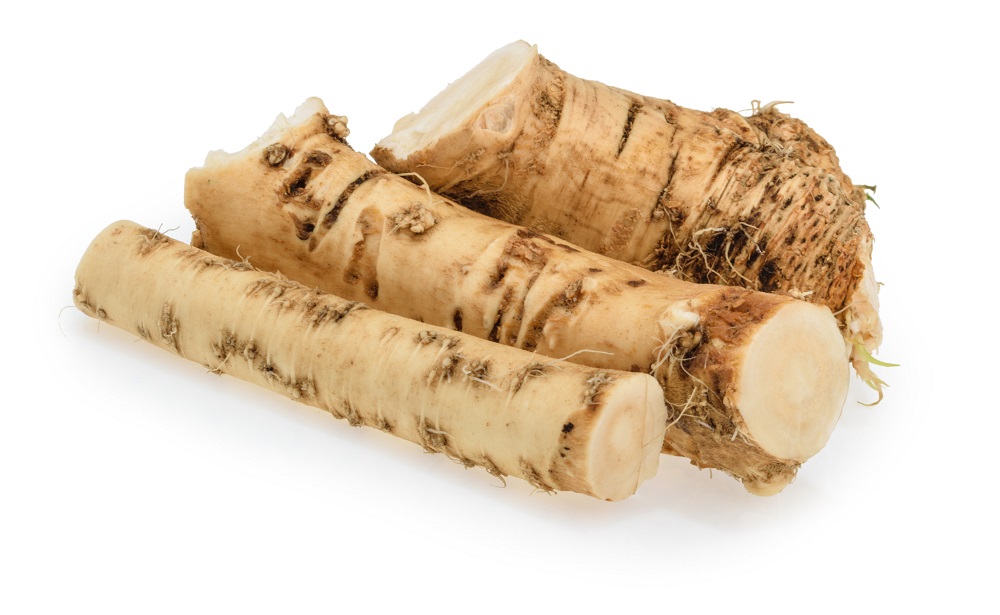
Bacteria and fungi also require a warm and water-rich environment in order to propagate, and as such it is best to keep horseradish at a relative humidity level of 98-100%2.
Depending on the size and nature of your storage environment, this may be difficult, so it is important to make concessions before purchasing large quantities of horseradish to store.
What Temperature Should Horseradish be Stored at?
A second factor that contributes to horseradish and other vegetables going bad is temperature. If the horseradish is stored in a temperature too far below the ideal, ice crystals and freezer burn will damage it at a cellular level, ruining its taste and texture.
On the other hand, if the horseradish is stored in an environment far too hot, it will potentially dry out or succumb to microorganism infestation, depending on the relative humidity of the storage area.
The ideal temperature to store horseradish at for long term uses is 32°F give or take several degrees in either direction. At this temperature, the enzymatic action present within the horseradish will be slowed, as well as any microorganisms that may be present3.
How Long Does Fresh Horseradish Last at Room Temperature?
Though storing horseradish at room temperature is the least advisable option, it is occasionally the only viable one, especially if planning to consume within several hours.
Out in the open, horseradish will only last as long as two weeks, so long as stored in the proper conditions.
In order to keep your horseradish shelf-stable for this long, seal it in an air-tight container and ensure that it is kept away from any direct sources of heat or water.
Direct sunlight will also dry out the horseradish, so it is important to keep the container away from any open windows. Ideally, a dark and cool corner of your pantry is the best place to store horseradish.
Learn More: Substitutes for Horseradish
Can You Refrigerate Horseradish?
A far longer-lasting storage option than simply leaving the horseradish in your pantry, choosing to refrigerate your horseradish will allow it to last up to a total of six months.
Note that it is best to store horseradish in their intact form, as cutting it will accelerate degradation from enzymes produced from within the vegetable itself.
In order to refrigerate horseradish, all that is needed is a glass or other non-absorbent container as well as a fridge capable of reaching temperatures around 32°F.
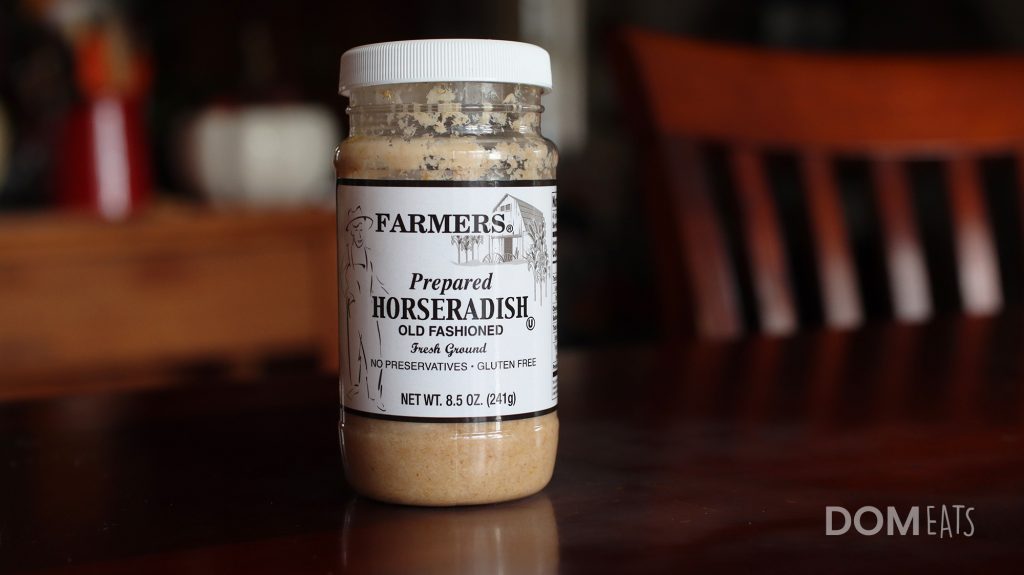
First, wash the horseradish carefully, removing any traces of dirt or insects that may remain from the farm. Take care not to pierce the outer layer of flesh as this will encourage enzymatic breakdown of the vegetable.
Once washed, dry carefully with a cloth towel, removing the leaves and stems if still present.
Place in a non-absorbent container such as glass or stainless steel, as the famously pungent odor of horseradish can and will be absorbed by plastic or wood, and is nearly impossible to remove.
Leave in the fridge for up to six months, though it is advisable to inspect the vegetable before consuming if kept for long periods, as it may have spoiled.
Should You Freeze Horseradish?
In short – yes, horse radish can be frozen, though whether it should be depends on the exact purpose you have for it.
If planning to grate the horseradish for a sauce or dip, freezing it is perfectly fine and entirely advisable. However, if planning to use raw horseradish slices or similar, it is best to refrigerate it instead, as freezing will alter its texture and flavor somewhat.
To begin freezing the horseradish, grate it into the fineness that will be needed before storing. Fill a glass or otherwise non-odor-absorbent container with vinegar and soak the grated horseradish for three minutes.
Empty the container of vinegar and strain out the horseradish before returning to the container and sealing. Leave a small amount of space between the top of the container and the horseradish to account for expansion.
Place the container of horseradish in the freezer for up to six months, though this period will shorten if the horseradish is thawed and refrozen again.
How to Know if Horseradish is Bad
Horseradish, being pungent and grown in the soil, often takes a moment of inspection to ascertain whether or not it has spoiled.
The primary sign of horseradish being beyond its expiration date is if it has developed a soft and mushy texture. This indicates that enzymatic action has ruptured many of the cells within the vegetable, and that it should be discarded.
Visually, horseradish may develop dark spots along its surface. These may be cut out without disposing of the entire vegetable.
References:
1. Kang-Mo Ku et al. (March 2015) “Correlation of quinone reductase activity and allyl isothiocyanate… (shortened for brevity)” University of Illinois at Urbana-Champaign DOI: 10.1021/jf505591z
2. Hardenburg, R.E., A.E. Watada and C.Y. Wang. (1986) “The Commercial Storage of Fruits, Vegetables, and Florist and Nursery Stocks” U.S. Department of Agriculture ARS Handbook
3. Karen L. B. Gast (2001) “Bulletin #4135, Storage Conditions: Fruits and Vegetables” The University of Maine

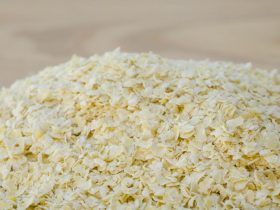
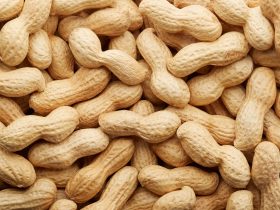
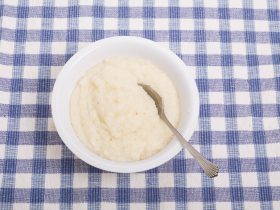

Hi, I'm Dom
Dom Eats was started to help other people fall in love with food. While cooking can feel intimidating, it doesn't have to be.